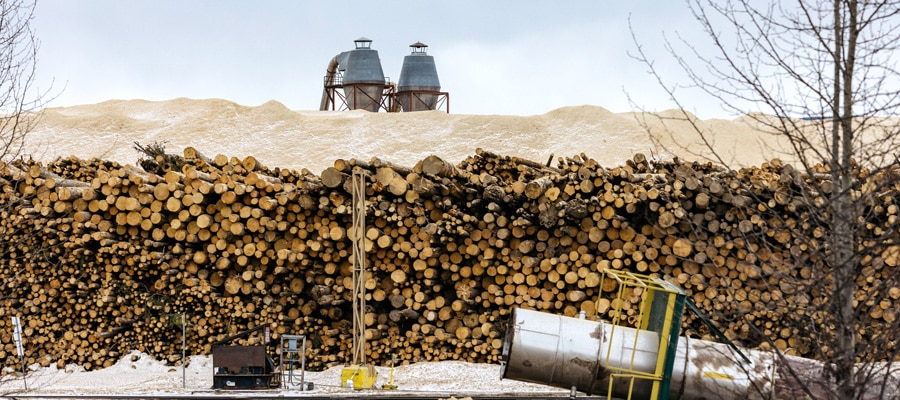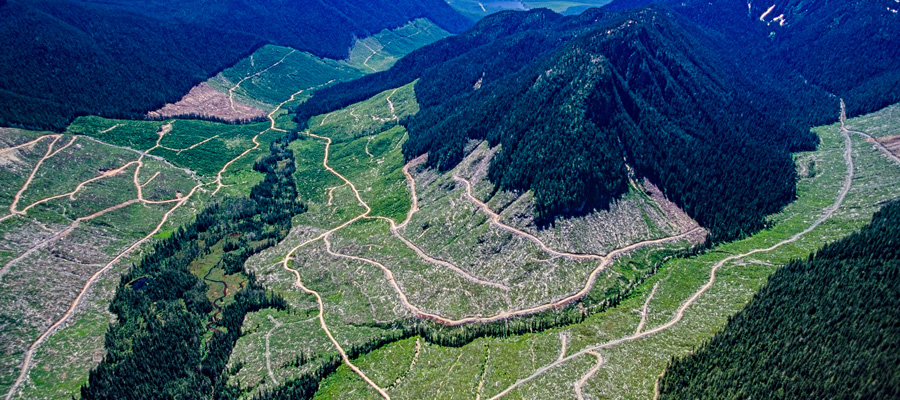Planning for a Green Vancouver
Last week, the City of Vancouver’s task force, the Greenest City Action Team, issued a plan for the city with short and longer-term goals and policy advice on achieving them. The report covers more than climate change, a good thing as it is important to identify win-wins that lead to improvement on other environmental, health and social objectives as we develop and implement climate plans.
Overall, there is a lot to like in this report, but consistently I found it lacking on the social and economic side of green policy-making. Context matters, and we need to recognize that Vancouver is a diverse city ranging from astonishingly wealthy people (who have some of the largest carbon footprints in the world) to desperately poor people (who already live close to carbon neutral lives). I’d encourage the authors to go back the table one more time and think through the implications for low income households to ensure that the plan does not unwittingly punish the people who have the least blame. If we do not build in principles of social justice into these plans, they will inevitably widen a gap that is already way too large.
The full report takes a while to find its legs. The summary and intro read like countless other reports with desirable but vague commitments to green jobs and a low carbon economy. But then comes this on page 23, and thereafter the report really gets rolling:
The Greenest City Action Team recommends that Vancouver commit to eliminating fossil fuels by 2040, a realistic goal given the pace of technological and behavioural change as well as capital investment cycles.
One can quibble with the time line, but it is rare these days to see anyone committing to a 100% reduction in emissions. And 2040 seems plausible in getting there. Next up, they put their fingers on the number one long-term issue, land use:
Land-use patterns are probably the single most important determinant of people’s greenhouse gas emissions and their ecological footprints. If Vancouverites lived in complete communities—with a mix of housing types, jobs, schools, daycares, shopping, and recreational opportunities within a ten-minute walk—they would rarely need cars and when they did, most trips would be shorter. Mixed-use neighbourhoods bring jobs closer to homes and allow for live/work space that eliminates commuting entirely. Done right, they are safe, vibrant, people-centred communities that are beautiful and healthy places to live and work.
One thing that is missing in this section, however, is any notion of affordability in one of the most expensive cities in the world. Our Climate Justice Project made a submission to the last council, called Affordable EcoDensity, to rectify this oversight, and I’m disappointed to see no reference at all to things like “inclusionary zoning” that would add to the affordable housing pool or the need for greater social/nonprofit/cooperative housing.
Similarly, I like the gist of this recommendation but again the plan’s call for an integrated approach to planning falls short of addressing social and economic context:
If Vancouver is to become the greenest city in the world, it must integrate planning for land-use, transportation, energy, waste, water, green space, and urban food systems. We need to look at our city as an integrated system in which waste is a resource (e.g. compost feeds urban agriculture), density is the key to the development of new transport and renewable energy systems, and those systems help us meet our targets for greenhouse gas reductions and green buildings.
The issue of food must be tackled more fundamentally. The report recommends a 33% reduction in food-related GHG emissions by 2020, which sounds good but does not amount to much given that Vancouver imports half the food we eat, and has little control over farming practices even when the food is local. Yes, we need more local and organic food, as the report argues, but given what we know about climate change we need to set some targets around self-sufficiency in food, and secure those supplies by building connections with Fraser Valley farmers. This could be a win-win for food security and income security for farmers. But even with abundant and cheap fossil-fuel-produced food, hunger is a big problem in Vancouver, and its elimination should be part of an integrated plan.
On water, the report recommends metering and volume-based pricing. While this makes sense at a certain level, this additional bill for low-income households is bound to be regressive, unless a basic “sustainable” amount is provided for free to all households. The report acknowledges the problem but does not make any specific recommendations. The abuses of water tend to come from the houses with the biggest gardens and most cars, so sure, let’s go after them but we must think through the design to avoid adverse distributional consequences. And let’s face it, conserving water seems a relatively low priority for me in one of the wettest cities in the world.
The plan does a much better job when addressing the financial barriers facing households who may want to upgrade their home’s energy efficiency. I like that they endorse on-bill financing where upfront capital would be provided for upgrades with it paid for on a BC Hydro or property tax bill. Energy efficiency improvements will save more money than the repayment, and any costs and benefits will be transferred if the owners move, so this is a win-win for all concerned. The report rightly presses for improvements to existing stock, while ensuring superior performance from new developments, although it is not clear at all what ensuring “all new construction to be carbon neutral by 2020” actually means in practice.
However, the report also calls for on-bill financing on natural gas bills, which suggests to me they do not fully get that burning natural gas (aka methane, itself a potent greenhouse gas) produces carbon dioxide. As a matter of policy we want to move people off using natural gas in order to meet the longer-term target for GHG emissions. There is some confusion out there as switching to natural gas is often encouraged in other jurisdictions that burn coal for electricity, since natural gas is more efficient per unit of energy produced, but in BC’s abundant hydropower world, switching to natural gas takes us in the wrong direction.
Ultimately, the viability of the plan hinges on two unavoidable things. First, the City is not the Metro region. The City of Vancouver can pull out all the stops from Boundary Road west but a real plan relies on other municipalities making similar commitments, in a way that reduces single occupant commuter traffic in favour of more walkable and bike-able regional hubs and neighbourhoods, connected with a much more expansive public transit network. Nothing new in that vision but action has proven difficult.
The second is financial in relation to a “municipal fiscal imbalance”. The City and the region need to be able to tap better tax bases (like income or consumption), either directly (New York City has its own income tax, for example) or via dedicated transfers from senior governments. This is identified in the report but its significance cannot be overstated:
[M]unicipalities need expanded revenue-raising powers and/or an increased portion of provincial/federal tax revenues (through a long-term revenue sharing agreement) [or they] will be hard- pressed to finance the changes necessary to remain livable, let alone grapple with the unprecedented demands of addressing climate change.
The report pitches about $450 million in additional funding to improve transit Metro-wide. This and other aspects of the report are going to need a lot of cash to deliver on the promise.
Topics: Climate change & energy policy, Environment, resources & sustainability, Poverty, inequality & welfare


